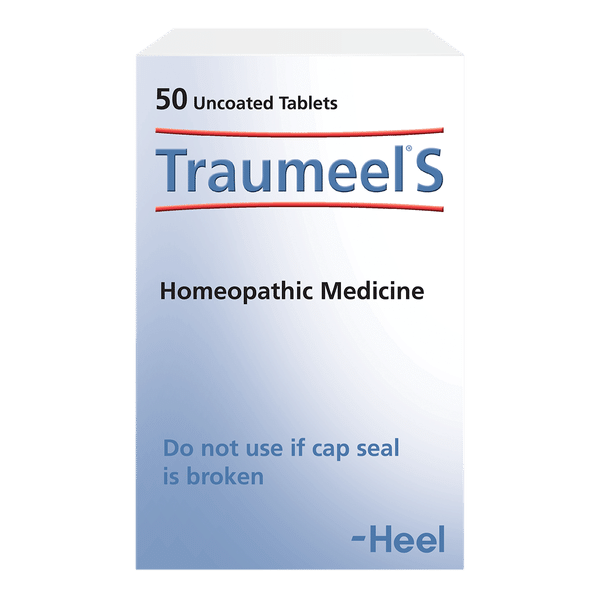
Comfrey
Scientific names: Symphytum officinale
Family: Boraginaceae
Alternate names: Ass Ear, Beinwellwurzel, Black Root, Blackwort, Bruisewort, Common Comfrey, Consolidae Radix, Consoude, Consoude Officinale, Consound, Consuelda, Grande Consoude, Gum Plant, Healing Herb, Herbe aux Charpentiers, Herbe à la Coupure, Knitback, Knitbone, Langue-de-Vache, Oreille d'Âne, Racine de Consoude, Salsify, Slippery Root, Wallwort
Actions: Hepatotoxic
Background
Comfrey (Symphytum officinale) is a plant with yellow or purple flowers found in Europe, Asia, and North America. It contains chemicals that are poisonous.
Comfrey contains chemicals called pyrrolizidine alkaloids (PAs), which can cause severe liver damage. It also contains chemicals that might reduce swelling.
Despite safety concerns, some people use comfrey for bruises, osteoarthritis, sprains, and other conditions, but there is no good scientific evidence to support these uses.
The US FDA has recommended that all comfrey products that are taken by mouth be removed from the market due to serious safety concerns. Don't confuse comfrey with black root or bugle. These are not the same. Also don't confuse it with foxglove, which looks similar to comfrey before it blooms.
Comfrey contains chemicals called pyrrolizidine alkaloids (PAs), which can cause severe liver damage. It also contains chemicals that might reduce swelling.
Despite safety concerns, some people use comfrey for bruises, osteoarthritis, sprains, and other conditions, but there is no good scientific evidence to support these uses.
The US FDA has recommended that all comfrey products that are taken by mouth be removed from the market due to serious safety concerns. Don't confuse comfrey with black root or bugle. These are not the same. Also don't confuse it with foxglove, which looks similar to comfrey before it blooms.
Safety Safety definitions
When taken by mouth: Comfrey is likely unsafe. It contains chemicals called pyrrolizidine alkaloids (PAs), which can cause liver damage, lung damage, and cancer. The FDA has recommended that all comfrey products that are taken by mouth be removed from the market.
When applied to the skin: Comfrey is possibly safe when used on unbroken skin in small amounts for less than 6 weeks. But the poisonous chemicals in comfrey can pass through the skin, so it is possibly unsafe to use comfrey on broken skin or to apply large amounts for more than 6 weeks.
Broken or damaged skin: Don't apply comfrey to broken or damaged skin. Doing so might expose you to large amounts of the chemicals in comfrey that can cause liver damage and other serious health effects.
Liver disease: Comfrey might make liver disease worse. Don't use comfrey if you have any liver problems.
When applied to the skin: Comfrey is possibly safe when used on unbroken skin in small amounts for less than 6 weeks. But the poisonous chemicals in comfrey can pass through the skin, so it is possibly unsafe to use comfrey on broken skin or to apply large amounts for more than 6 weeks.
Special Precautions & Warnings:
Pregnancy and breast-feeding: Comfrey is likely unsafe when taken by mouth or applied to the skin while pregnant or breast-feeding. The PAs in comfrey are absorbed through the skin and might cause birth defects. Avoid use.Broken or damaged skin: Don't apply comfrey to broken or damaged skin. Doing so might expose you to large amounts of the chemicals in comfrey that can cause liver damage and other serious health effects.
Liver disease: Comfrey might make liver disease worse. Don't use comfrey if you have any liver problems.
Effectiveness
Effective Effectiveness definitions
There is interest in using comfrey for a number of purposes, but there isn't enough reliable information to say whether it might be helpful.
Dosing & administration
Comfrey contains chemicals that cause serious liver damage when taken by mouth. The FDA has recommended that all comfrey products that are taken by mouth be removed from the market.
Topical creams containing comfrey root extract have most often been applied to the skin by adults for up to 3 weeks. Don't apply comfrey products to broken skin or use large amounts on the skin, long-term. The poisonous chemicals in comfrey can be absorbed through the skin. Speak to a healthcare provider to find out what dose might be best for a specific condition.
Topical creams containing comfrey root extract have most often been applied to the skin by adults for up to 3 weeks. Don't apply comfrey products to broken skin or use large amounts on the skin, long-term. The poisonous chemicals in comfrey can be absorbed through the skin. Speak to a healthcare provider to find out what dose might be best for a specific condition.
Interactions with pharmaceuticals
Medications that can harm the liver (Hepatotoxic drugs)
Interaction Rating=Moderate Be cautious with this combination.
Comfrey might harm the liver. Some medications can also harm the liver. Taking comfrey along with a medication that can harm the liver might increase the risk of liver damage.
Medications that increase break down of other medications by the liver (Cytochrome P450 3A4 (CYP3A4) inducers)
Interaction Rating=Moderate Be cautious with this combination.
Comfrey is changed and broken down by the liver. Some drugs increase how quickly the liver changes and breaks down comfrey. This could change the effects and side effects of comfrey.
Interactions with herbs & supplements
Herbs and supplements that might harm the liver: Comfrey might harm the liver. Taking it with other supplements that can also harm the liver might increase the risk of liver damage. Examples of supplements with this effect include garcinia, greater celandine, green tea extract, kava, and kratom.
Herbs that increase the breakdown of other herbs by the liver: Comfrey contains pyrrolizidine alkaloids (PAs), dangerous chemicals that can harm the liver. Some supplements might increase how quickly these chemicals are broken down. Taking comfrey along with supplements that have this effect might increase the risk of serious side effects from comfrey. Examples of supplements with this effect include echinacea, garlic, licorice, schisandra, and St. John's wort.
Pyrrolizidine alkaloids (PAs)-containing herbs and supplements: Comfrey contains PAs, dangerous chemicals that can harm the liver. Taking it along with other supplements that also contain these chemicals might increase the chance of developing serious side effects, including liver damage and cancer. Examples of supplements containing PAs include alkanna, butterbur, coltsfoot, and groundsel.
Herbs that increase the breakdown of other herbs by the liver: Comfrey contains pyrrolizidine alkaloids (PAs), dangerous chemicals that can harm the liver. Some supplements might increase how quickly these chemicals are broken down. Taking comfrey along with supplements that have this effect might increase the risk of serious side effects from comfrey. Examples of supplements with this effect include echinacea, garlic, licorice, schisandra, and St. John's wort.
Pyrrolizidine alkaloids (PAs)-containing herbs and supplements: Comfrey contains PAs, dangerous chemicals that can harm the liver. Taking it along with other supplements that also contain these chemicals might increase the chance of developing serious side effects, including liver damage and cancer. Examples of supplements containing PAs include alkanna, butterbur, coltsfoot, and groundsel.
Interactions with foods
There are no known interactions with foods.
vital.ly has licensed monographs from TRC Healthcare.
This monograph was last reviewed on 08/03/2024 11:00:00 and last updated on 19/09/2022 01:07:09. Monographs are reviewed and/or updated multiple times per month and at least once per year.
Natural Medicines disclaims any responsibility related to medical consequences of using any medical product. Effort is made to ensure that the information contained in this monograph is accurate at the time it was published. Consumers and medical professionals who consult this monograph are cautioned that any medical or product related decision is the sole responsibility of the consumer and/or the health care professional. A legal License Agreement sets limitations on downloading, storing, or printing content from this Database. No reproduction of this monograph or any content from this Database is permitted without written permission from the publisher. It is unlawful to download, store, or distribute content from this site.





